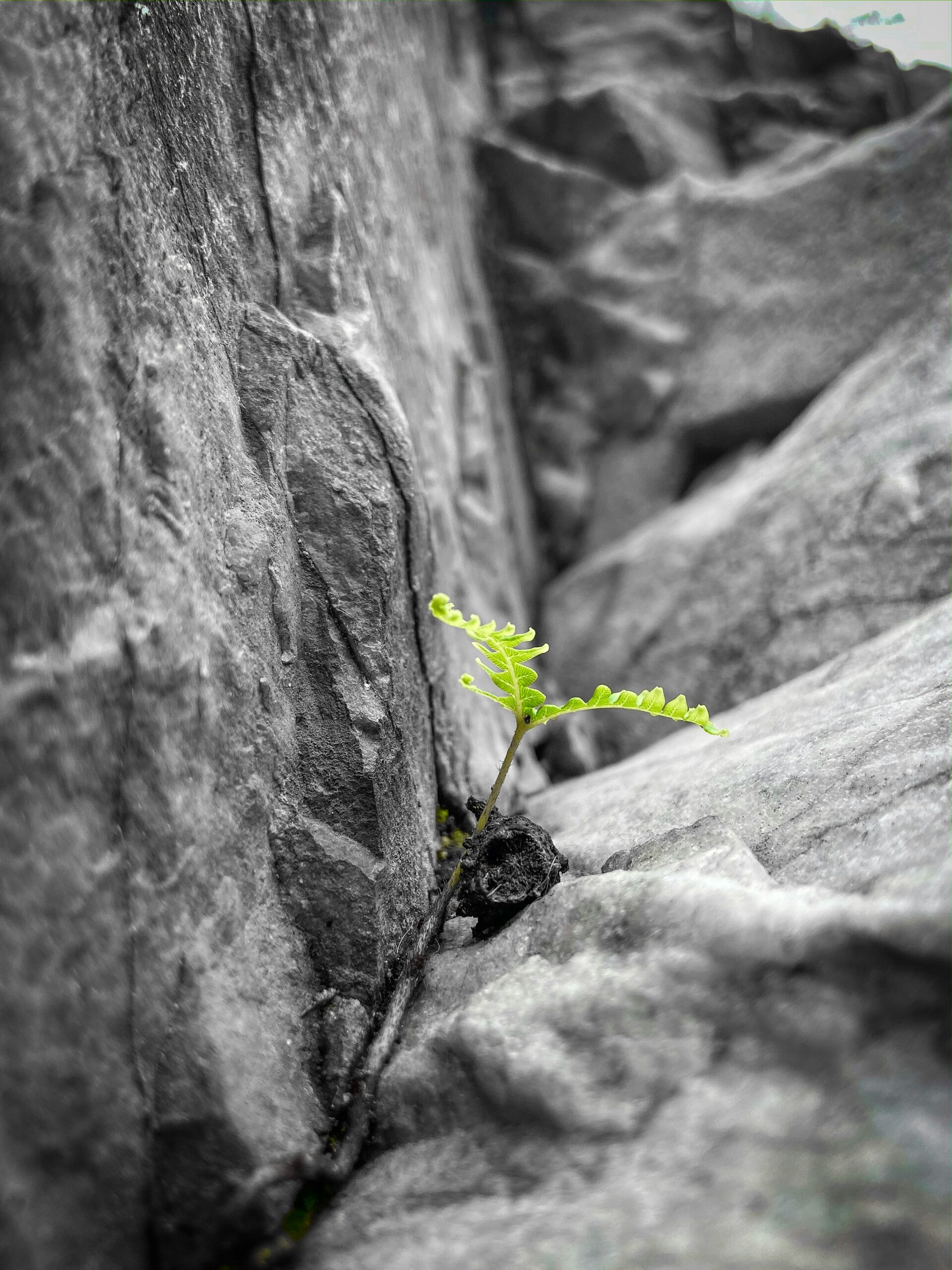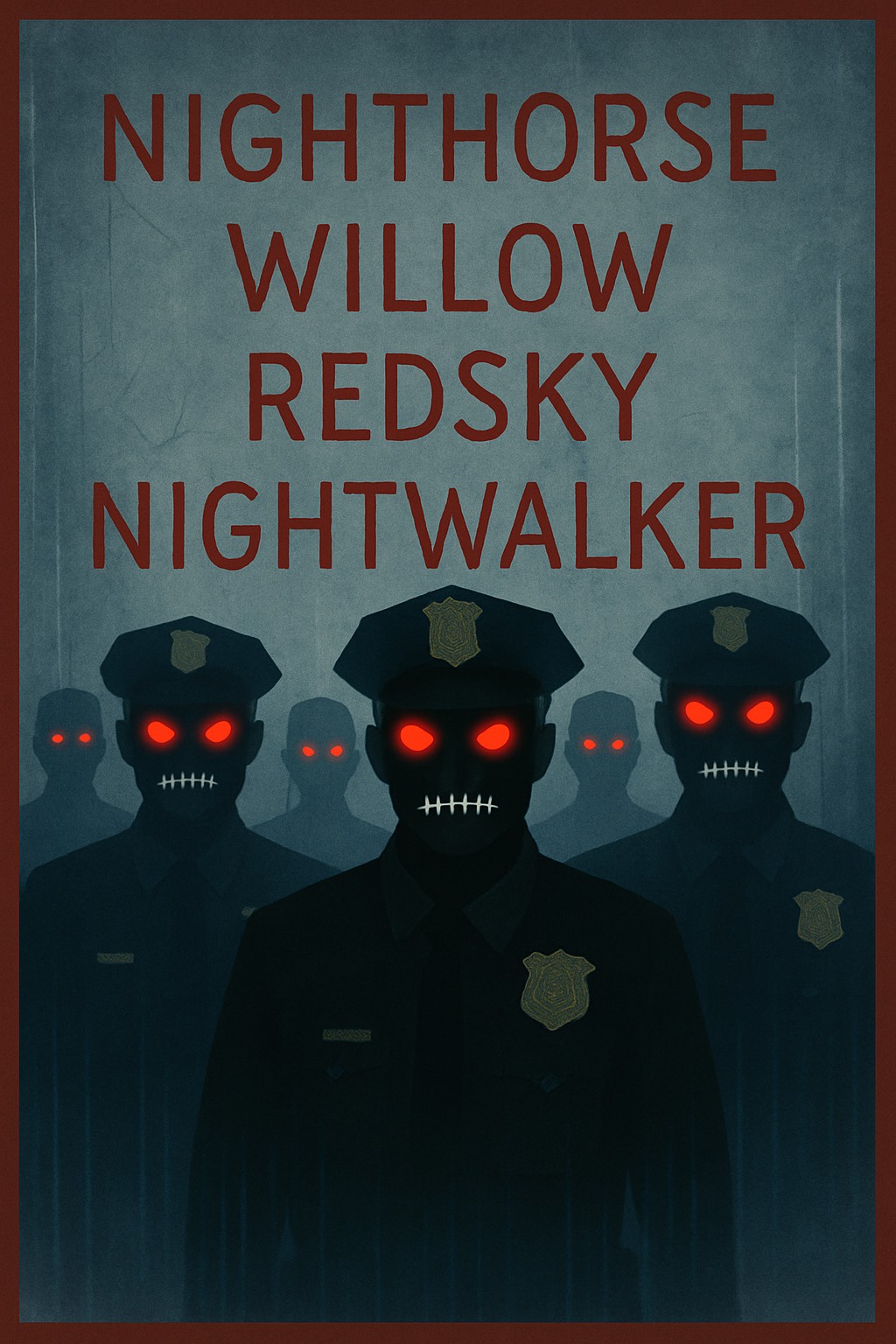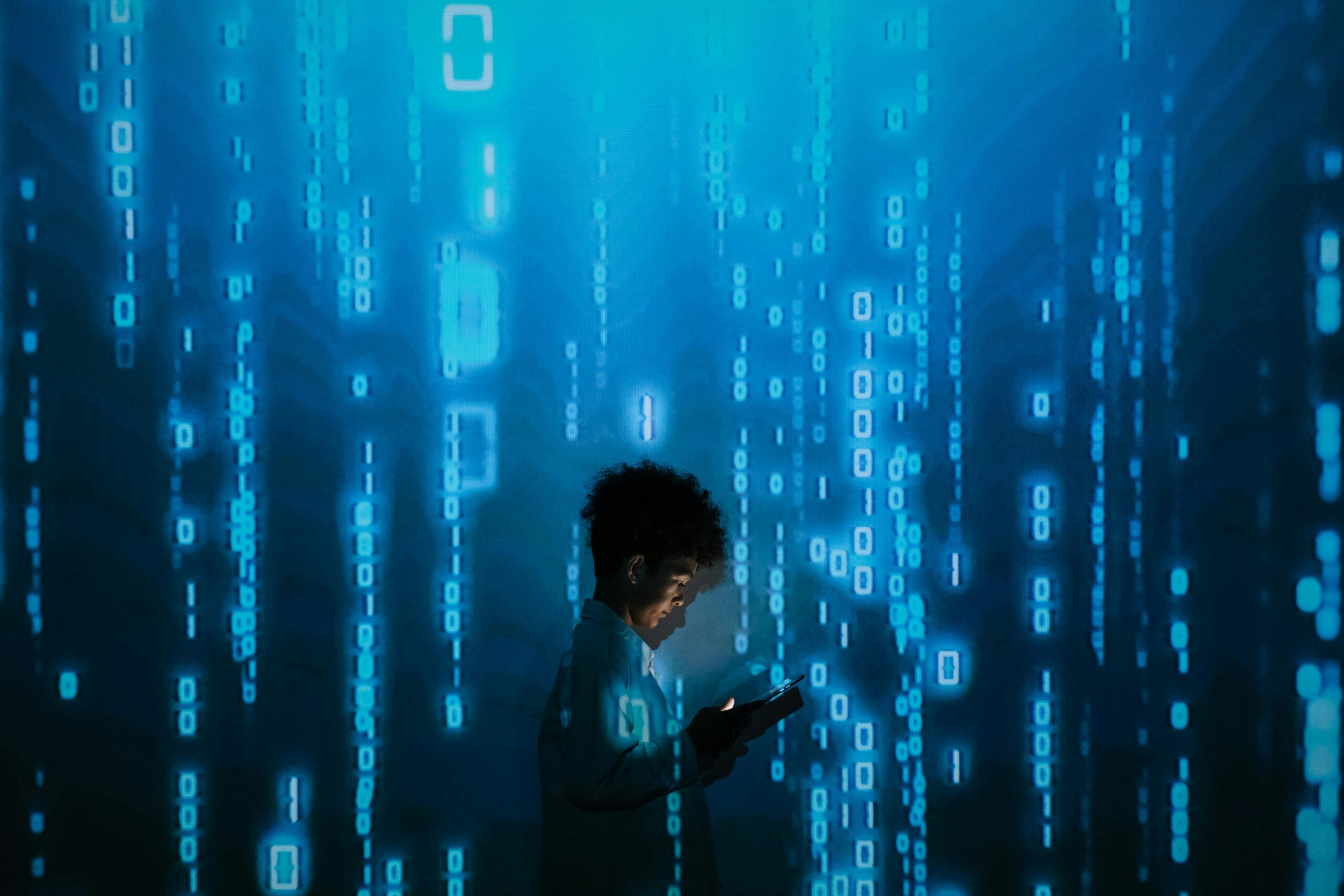Resources
The Four Pillars of Resilience
According to the Google dictionary, “resilience” is defined as:
- the capacity to recover quickly from difficulties; toughness.”the often remarkable resilience of so many British institutions
- the ability of a substance or object to spring back into shape; elasticity. “nylon is excellent in wearability and resilience”
Sometimes you just feel a certain energy off a person.
That energy can be sometimes negative, sometimes positive. With others, you simply feel their strength and resilience.
Wendy Morris is one of those people. Daycare worker. Nanny. Cook. Cancer survivor. Stroke survivor. Person living with epilepsy. Indeed, the list of adjectives carried by the venerable 52-year-old is as long as the number of coping skills she’s developed in the face of adversity.
“I don’t think I’ve ever wanted to give up,” she says. “When I do, I have amazing support.”
Indeed, many people would have simply given up after the lengthy list of struggles Morris has endured, but she’s somehow always found the strength to keep going.
“I felt like I was in a storm and every time I started coming out of that storm, something else came along and took me back to steps.”
Morris experienced her first seizure at the age of 34 while pregnant with her second child.
“I’d been pregnant for about six weeks. I was on the bus and the next thing I remember is seeing this woman coming towards me. I remember thinking, ‘did I actually fall on her?’”
But while about 70% of people living with epilepsy, manage to find the right balance of medication and attain healthy, balanced lives, the remaining 30% do not. Morris endured several missteps during her epilepsy journey.
“At first I was in denial. I thought epilepsy doesn’t happen to sexy people like me,” she laughs.
There was the time when she was on an epilepsy medication for two years and complaining that she didn’t feel well on it before realizing she was hallucinating.
“The doctor wouldn’t listen. He said my seizures were controlled but I couldn’t see out of one eye. I remember taking nine pills. The next thing I know, there were firemen and police all over the place. A neighbour called 911. The neurologist at the hospital put me on a medication that turned out to be a stimulator for horses.”
A few months after this incident Morris attempted to return to school. While writing an exam she experienced 19 seizures, losing her speech and ability to walk in the process.
“They said I’d had a small stroke and had gone into status epilepticus (a medical emergency where a succession of seizures occurs without recovery time between them),” she says. “They said I’d never walk properly again.
“Resilience is actually very important,” says psychologist Natasha Williams. “ When we look at a situation, we ask is it teachable? Is it trainable? We also look at how we get over a situation but how do you navigate the human experience? You can be looking at the situation and it might be overwhelming but it we need to look at it from an adapative perspective and not just through tunnel vision that allows us only to see the negative or the positive.”
“In psychology we have what we call cognitive restructuring,” she says. “We take an evidence-based approach to determine what is true and what isn’t. It’s kind of a fact-finding mission. When someone says something like, ‘This always happens to me. We try to challenge that by asking them to supply evidence that supports that statement.
“Another thing we find is that people who struggle are often feeling a sense of isolation. We find that increasing your support system is really important for building resilience.”
For elite endurance athlete, writer and speaker Jean-Paul Bedard, resilience takes on a specific meaning.
“I’ve always found it somewhat easier to describe resiliency by what it’s not. It’s not about bulletproofing or creating a sense of armour. It’s really about the ‘right-sizing’ of you,” he says.
Indeed, Bedard, 53, has known his share of trauma. Raised in a violent household, he survived multiple episodes of sexual abuse, including by a hockey coach and another incident a few years later when he was raped by some teenage boys in one of Toronto’s winding ravine systems. He took his first drink at 14 and that launched a journey that would last the better part of two decades, while floating in-and-out of the numbing haze that alcohol and drugs create.
With the support of his wife, friends and a recovery program at The Gate House (sp) ‘he successfully managed to take control of his addictions.
For the past several years he’s been sharing his story as a keynote speaker, author of books like the best selling Running Into Yourself (2016) and the forthcoming Geography of Resilience. He’s also redirected much of that addictive energy into running marathons and continuously testing himself. He’s been both public and vocal about his struggles with mental health, and the peaks and valleys he’s endured along the way.
CORE MODEL OF RESILIENCE
“Resiliency is the belief you will not be permanently victimized by adversity, trauma or loss,” he says. Even the most outwardly resilient people often fail to see the quality in themselves, meaning that our own reserves of strength might only come to light in relation to others. Resilience depends on community and the stories we share.
Working through his own trauma, which began after being sexually assaulted by a hockey coach Bedard developed a model of resiliency called CORE that rests on four pillars: Community, Overcoming, Ritual and Empathy. He’s quick to emphasize that with this model, each piece feeds the other. If you are consciously practicing one element like “ritual” for example, you may need to go back to “community” to talk about the issues you’re currently facing.
The first pillar is community.
“People need to be in an environment where they feel safest. To start my own journey I need to be with other alcoholics.
“When you’re in this community, whatever community that may be that’s where we feel the safest.We are than able to be our most vulnerable and express hopes that can’t be expressed elsewhere
“We need a shared vocabulary, but we don’t have that where we feel loved.We get that from where we feel safe. In a job context, it might be something like, ‘I really need this job but I get panic attacks. You can’t have that conversation with your wife, but I can get it from others like me…”
Overcoming is the second pillar.
“We don’t see how strong we are, but we do see others’ strength and that gives us hope.
“People within your own group are also able to call you on your own bullshit and challenge you in the way that others don’t. Once you’re in that group, it allows you to believe in facing this issue. In order to move forward you have to believe you are overcoming.
Bedard identifies three elements to the concept of overcoming:
It’s not bulletproofing, he says. It’s also realizing that something that happened to you was not your fault. However, these feelings post-trauma are not over and they never might be.
Overcoming also doesn’t mean “forgetting.” This is critical and difficult for many to face. People who haven’t been through trauma say things like ‘you’ll get better,’ or ‘you’re going to forget this.’
You don’t.
But it’s critical that you never forget. You eventually learn that you won’t be controlled by these feelings.
Overcoming is the belief in yourself and your ability to get to the other side of adversity.
“You have to get comfortable with uncertainty.”
So then the question becomes, ‘how do we sustain living with uncertainty?’ The answer is in cultivating the third pillar, Ritual.
Ritual is the third pillar
“Ritual is a conscious commitment to a healthy habit. I live with ‘crazy brain’ and the manic energy it creates. I need to get rid of it everyday. When I travel I need that ritual of running that allows me live with the discomfort. That’s an important part for me.
“We all need different rituals too.” Athlete Clara Hughes needs to be alone in nature.
“I can live through that uncertainty because I can go back one step because I sustain it with ritual.”
The final pillar is empathy.
This is defined as “the ability to hold space for what someone else is experiencing.”
“When I look at people with strong empathy, it has nothing to do with being action-oriented. It has more to do with emotional intelligence.”
“In order to hold space for someone else you have to be willing to admit you can’t fix everyone and you can’t control the outcome of what the other person’s going through.
While researching his latest book, The Geography of Resilience, Bedard interviewed over 180 people and he says every person gives back in some way.
“The amazing thing is that we often feel that way inside of us, and others know about it. That thing creates a channel for others to understand us better and when they do that creates a greater possibility to hold the space that we need.
“If you were to disclose, say, anxiety, an employer might see this as a drawback. But I might also be perceived as having strong emotional intelligence.
“People have to realize or own that they are governed by shame. You can’t get to the end unless you go through all the previous steps. Eventually people will hold space for you.”
People have certainly held space for Wendy Morris. After eight long arduous months, she finally started making progress in her stroke recovery. “It took a long time to speak and it became frustrating when people finished my sentences because I struggled to get the words out. Finally, Morris slowly progressed from wheelchair to walker to cane to independence.
But just as she was literally finding her footing, her marriage broke up. Undaunted, she moved in with her son and worked part time. It was a challenging period for her.
“Lots of times people saw me smiling, but I wasn’t smiling in my heart.”
Meanwhile, the struggles kept coming. In 2012 she was diagnosed with breast cancer. In 2017 doctors identified a brain tumour. After two years of chemotherapy and radiation she was finally declared cancer-free.
“I’ve been down but I always hold my head up” she says. “I say, I might be down this minute but I can get back up by 4 o’clock.”
That’s because she sets goals and a time for herself to resume a sense of normalcy.
That’s just one of the tricks she’s devised to help her cope. Another is journaling.
“I put my thoughts on paper and claim victory over them and get them out of my head and live to face another day.”
Along with the faith that’s sustained her during the difficult times, Morris says that much of getting through life has as much to do with how life is approached.
“I just decided that this is the card I’ve been dealt in life and I’m going to do the best that I can,” she says. “I may have epilepsy but epilepsy doesn’t have me.”





